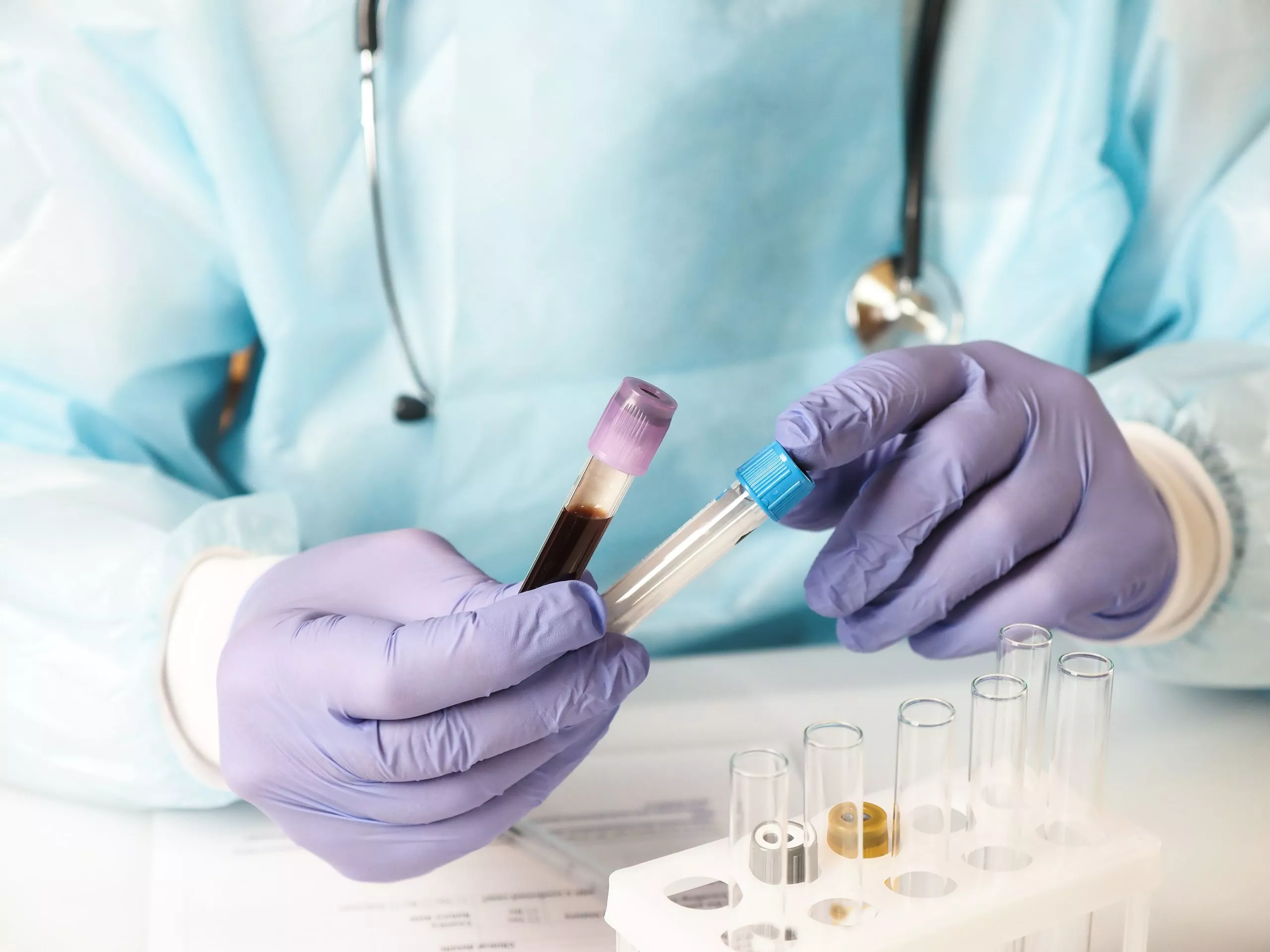


Health care facilities and small health care providers generate medical waste of a varying nature:
Each provider must implement a waste treatment procedure to handle the various types of waste generated. Therefore, it is important to segregate waste after care or a medical intervention has been performed.
In particular, implementing a waste segregation and disposal procedure for biohazardous waste is essential in preventing nosocomial infections (health care-associated infections).
The rate at which biohazardous waste is generated in medical centers and small health care providers varies and depends on the number of patients treated, and the quality of segregation carried out.
Infectious waste originating from medical centers and other health care providers has a very diverse nature:

In general, medical waste is packaged in bags (that may be autoclaved or not), biohazardous waste containers or drums.
Segregating and managing this waste satisfactorily in these facilities is paramount. Here, the quantity of biohazardous waste generated is light to moderate and there is a tendency to minimize the risk that this waste represents. Nonetheless, the biological risk must be controlled, not only for the health care professionals and the environment, but also to prevent cross-contamination and nosocomial infections.
Given these facilities are often found in isolated locations, far from urban hubs and/or in difficult to access areas, it is important that each center has a simple, effective on-site biohazardous waste treatment system.
Social welfare medical center in the Maghreb
Nursing home in France